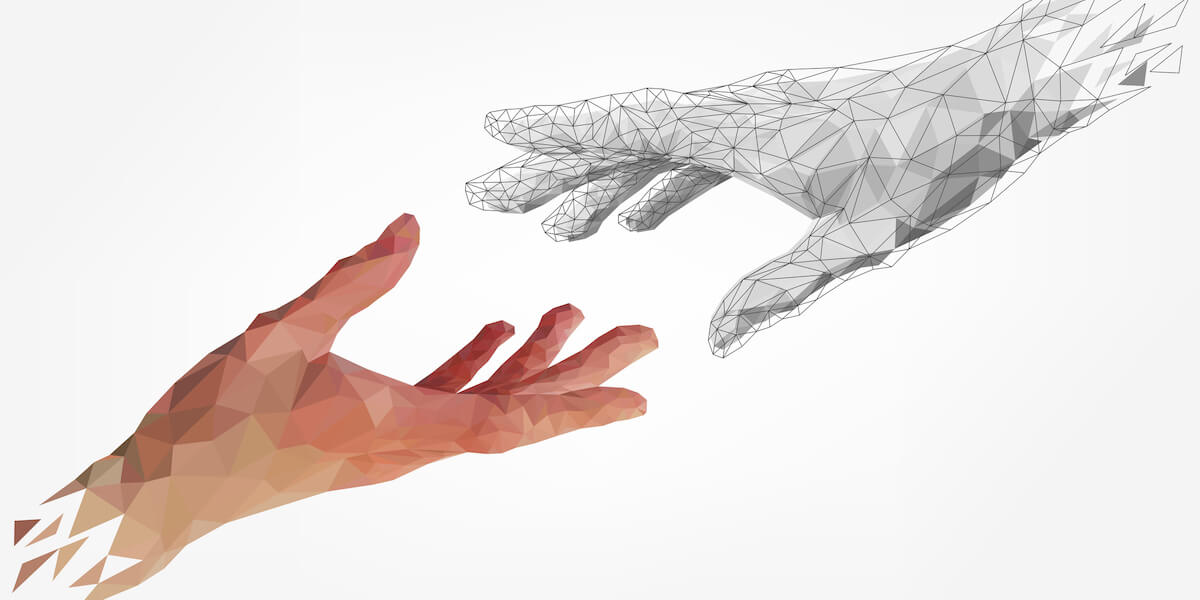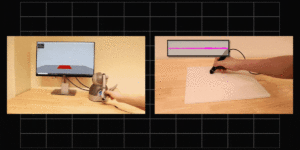
Credit: iStock
“Touch starvation” that is the result of social isolation can put one at risk for depression. It was particularly an issue for seniors who were isolated during the COVID-19 pandemic. With the rise of haptics and virtual reality, researchers at USC Viterbi School of Engineering have been researching ways to translate reassuring, human gestures across space and time. But how to make virtual touch less robotic, and more human so that has a positive, emotional effect versus a negative effect? A study in Frontiers in Computer Science provides some insights, finding that the speed of a gesture plays a key role in how we perceive and emotionally experience touch.
Researchers from Haptics Robotics and Virtual Interaction Lab in USC’s Department of Computer Science under the supervision of Professor Heather Culbertson, created a synthetic touch system comprised of two parts: a wearable forearm sleeve with sensors that translates recorded touch communiques into a stored algorithm; and then a second sleeve that human participants wore on their forearms to receive the pre-recorded output of translated touch. Their system captured and communicated various types of touches that we use to supplement human communication: poking, patting, squeezing, massaging, and stroking.
Subjects wore the haptic armband and were asked to evaluate the realism of recorded gestures and determine the emotions that were being conveyed. As a follow up, subjects were queried as to whether the touch was pleasant or unpleasant (read: creepy).
The main finding? To the respondents, the faster the speed of touch, the less pleasant the gestures and the less human the touch. Perhaps this why we jump when an insect runs across one of our limbs?
In addition, the researchers found that the speed of the touch could directly control the conveyed emotion of the interaction. For example, slower touches often felt happier or calmer, whereas fast touches felt more angry or aggressive.
These findings will be used by Culbertson’s team to understand which types of synthetic touch are worth being translated for future use for social assistive devices for seniors, and also for medical training and gaming.
The full study can be viewed here.
Published on June 14th, 2022
Last updated on June 14th, 2022












